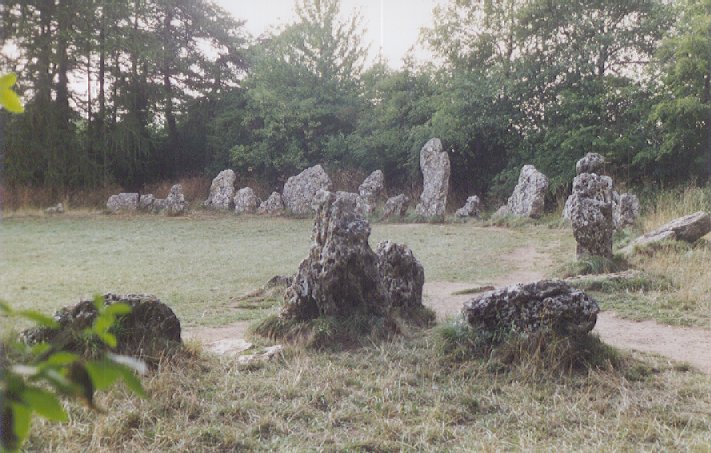Three pictures to bring a smile to any homebrewers face


 I've picked up an old interest in homebrew so there is now a gallon of ginger & honey beer bubbling away merrily in the kitchen. Not sure how it will taste - the addition of cloves & cinammon will make it interesting, or as a friend said 'it sounds like a chai beer'.
I've picked up an old interest in homebrew so there is now a gallon of ginger & honey beer bubbling away merrily in the kitchen. Not sure how it will taste - the addition of cloves & cinammon will make it interesting, or as a friend said 'it sounds like a chai beer'.




 I've picked up an old interest in homebrew so there is now a gallon of ginger & honey beer bubbling away merrily in the kitchen. Not sure how it will taste - the addition of cloves & cinammon will make it interesting, or as a friend said 'it sounds like a chai beer'.
I've picked up an old interest in homebrew so there is now a gallon of ginger & honey beer bubbling away merrily in the kitchen. Not sure how it will taste - the addition of cloves & cinammon will make it interesting, or as a friend said 'it sounds like a chai beer'.
My homebrew has always been a bit experimental. I do have 4 gallons of kit wheat beer bubbling away in the garage but my real interest is in making beer out of more local ingredients. 'Beer' is actually a bit of a misnomer, I generally don't use malt or hops, so I think of it more as a 'country beer'. This is how beer was brewed for most of history - hops were only introduced in the 15th century and there are various theories that they were encouraged by the clergy as they have a soporific & calming effect on the drinker. Earlier beers used various herbs such as wormwood for bittering agents and those herbs had other properties that the authorities frowned upon such as aphrodisiac effects, stimulation & euphoria. The 'classic' medieval beer was known as 'Gruit' and I'm trying to hunto down the herbs required to brew up a batch. The problem is that bog myrtle, mugwort & wild rosemary is hard to come by in Australia.
Back in the UK I produced such wonders as dandelion beer, potato & carrot beer, nettle beer and (as a joke one christmas) brussel sprout beer. They met with a varied degree of appreciation, although people who were trying them anticipating something like Stella or Tetleys were generally disappointed. My favourite was nettle beer, which produced a light almost wine-like flavour and a slight nettle astringency on the tongue. Sometimes I used nettles harvested from around stone circles such as the Rollright stones

or neolithic burial chambers such as Waylands Smithy.

It all tasted the same but it gave me an excuse to revisit some beautiful places.

No comments:
Post a Comment